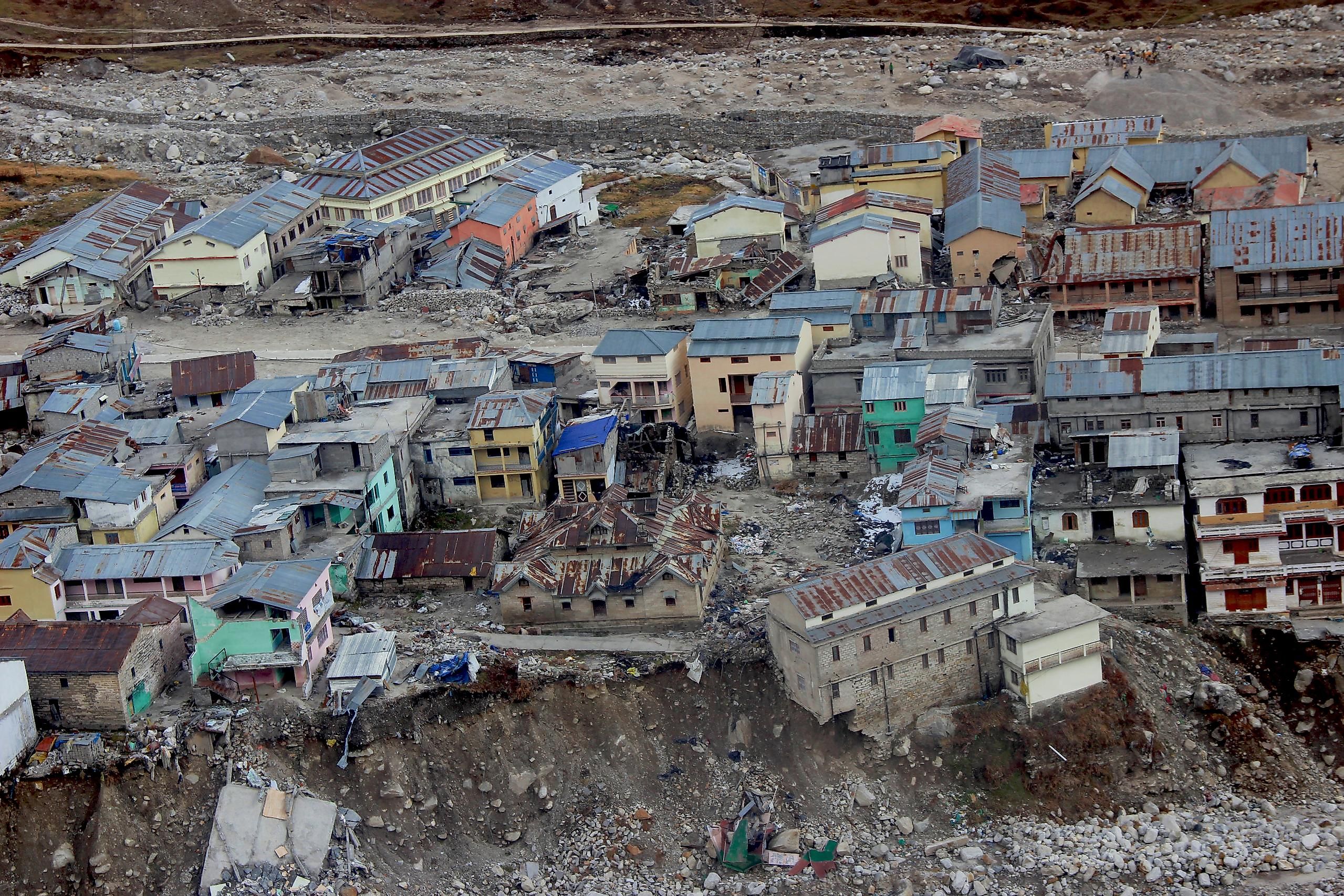
The Deadliest Landslides in Recorded History
The gravitational pull that facilitates a collective movement of soil, rock, and debris down a steep slope is called a landslide. Triggered by natural or artificial disturbances, landslides occur along steep sloping regions. While they are often followed by earthquakes, volcanic disturbances, and droughts, most landslides are accompanied by heavy rains. Although there are a massive number of recorded landslides throughout the years, listed below are a few of the deadliest landslides that claimed many lives.
The 11 Deadliest Landslides in Recorded History
- Haiyuan Landslides, China, 1920 - 200,000 deaths
- Vargas Tragedy, Venezuela, 1999 - 30,000 deaths
- Khait Landslides, Tajikistan, 1949 - 28,000 deaths
- Armero Tragedy, Colombia, 1985 - 20,000 to 23,000 deaths
- Yungay Landslide, Peru, 1970 - 22,000 deaths
- Diexi Landslides, China, 1933 - 9,300 deaths
- North India Landslides, India, 2013 - 5,700 to 6,054 deaths
- Huaraz Debris Flow, Peru, 1941 - 5,000 deaths
- Nevado Huascaran Debris Fall, Ranrahirca, Peru, January 1962 - 4,500 deaths
- Vajont Dam Landslide, Italy, 1963 - 2,500 deaths
- Kelud Lahars Landslide, Indonesia, 1919 - 200 deaths
Haiyuan Landslides, China, 1920 - 200,000 deaths
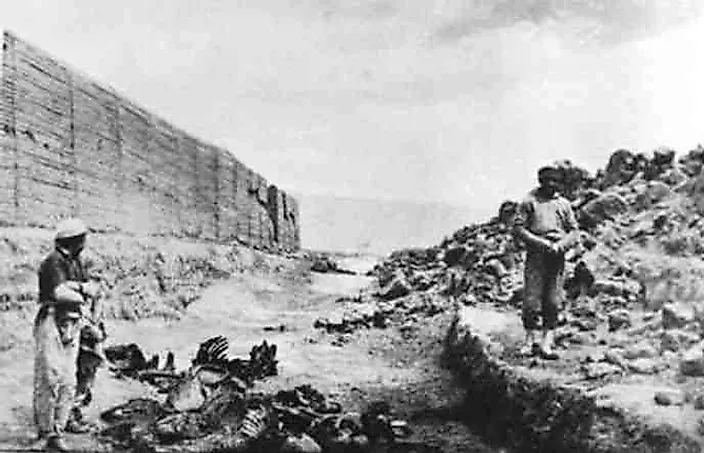
The Haiyuan tragedy struck on the evening of December 16, 1920. The 1920 Gansu earthquake shockingly initiated 675 big landslides that spread throughout the Gansu province.
The 50,000 landslides at the epicenter of Haiyuan County (today called the Ningxia Hui Autonomous Region) with the widespread breaking of the ground led to a series of aftershocks that lasted three years. Rivers were forced into dams with some changing their courses. Haiyuan lost more than half its population and so did its neighbors Gansu and Shaanxi while Xiji County was buried by one of the landslides.
The exact number of lives lost to the landslides or the earthquake is not very clear but the horrific event that happened during the Chinese Civil War took at least 200,000 lives which makes it one of the worst disasters by death toll in China.
Vargas Tragedy, Venezuela, 1999 - 30,000 deaths
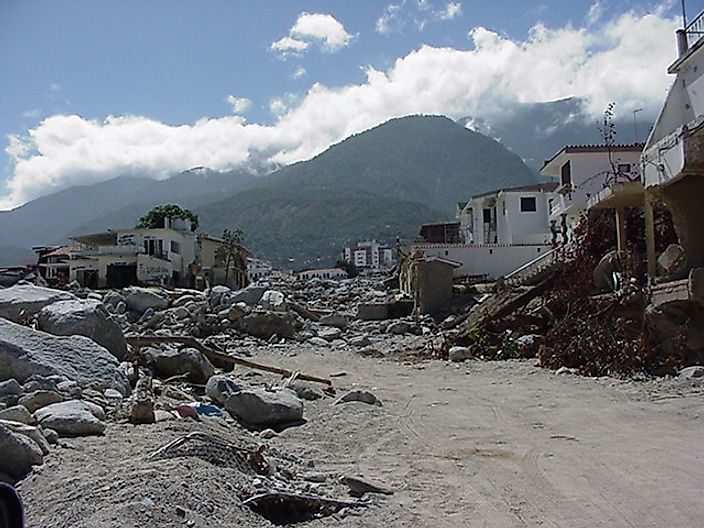
A relentless downpour with stubborn heavy rain on the slopes of Sierra de Avila in the state of Vargas in Venezuela laid the foundation for thousands of fatal landslides around December 15, 1999, that went down in history as the deadliest.
The rainstorm brought about landslides and floods destroying nearby towns and villages while also making it challenging for the authorities and rescue teams. The landslides completely buried the towns of Carmen de Uria and Cerro Grande, many homes were washed into the ocean. Reports suggest a loss of about 10% of the Vargas population.
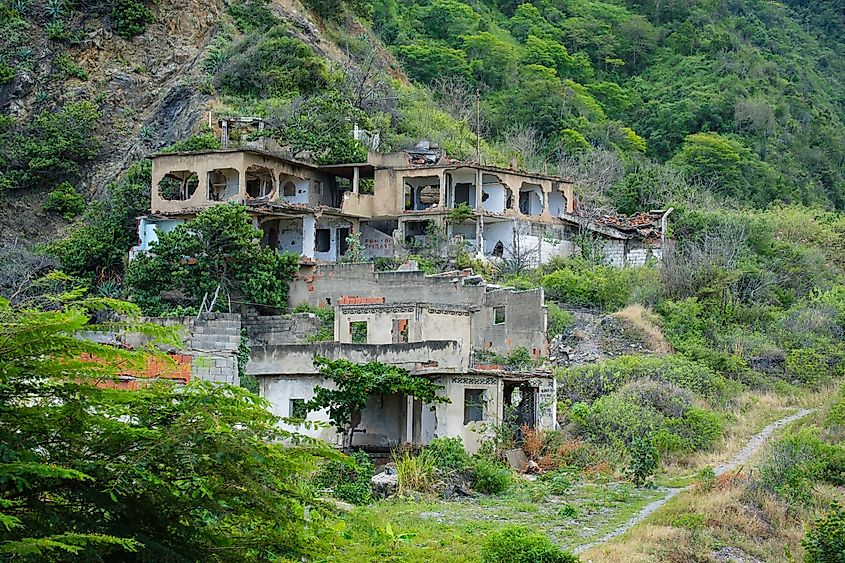
The calamity was so dreadful that the bodies could not be retrieved as they had sunk beyond a recovery point, some even washed away in the sea as an added result of the floods. Only about a thousand bodies could be recovered although it is indicated that at least 30,000 people lost their lives in this landslide tragedy.
Khait Landslides, Tajikistan, 1949 - 28,000 deaths
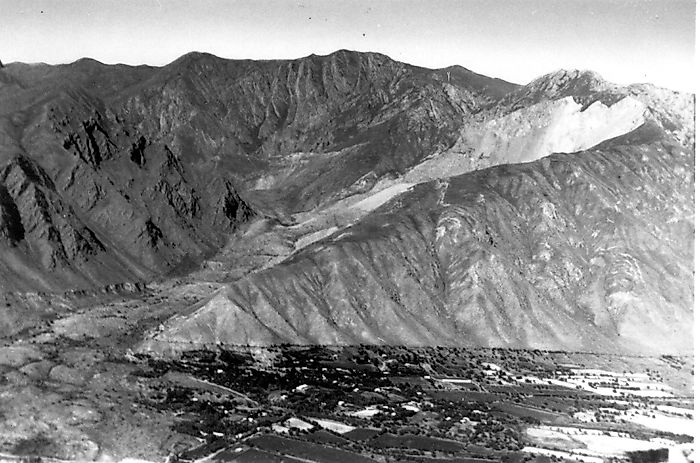
Part of the Former Soviet Union, at that time, the Khait landslides occurred in July 1949, in Tajikistan, above the city of Khait in the Yarhich Valley. The massive landslides were triggered by the 1949 Khait earthquake killing thousands of innocent people.
The disaster struck the southern limits of the Tien Shan ranges in central Tajikistan. Closeby valleys of Khait and Yasman were badly affected. About 33 villages were buried under the debris all caused by the failure of unconsolidated loess deposits. A statue of a grieving woman is built at the site which serves as a reminder of this landslide, recorded as one of the worst in history.
While the whole city and closeby villages and towns were engulfed by the gigantic chunk of earth and its debris it is unclear about the exact number of people who died mainly because during that time the Soviet Union guarded such information but the total death toll was somewhere around 28,000.
Armero Tragedy, Colombia, 1985 - 20,000 to 23,000 deaths
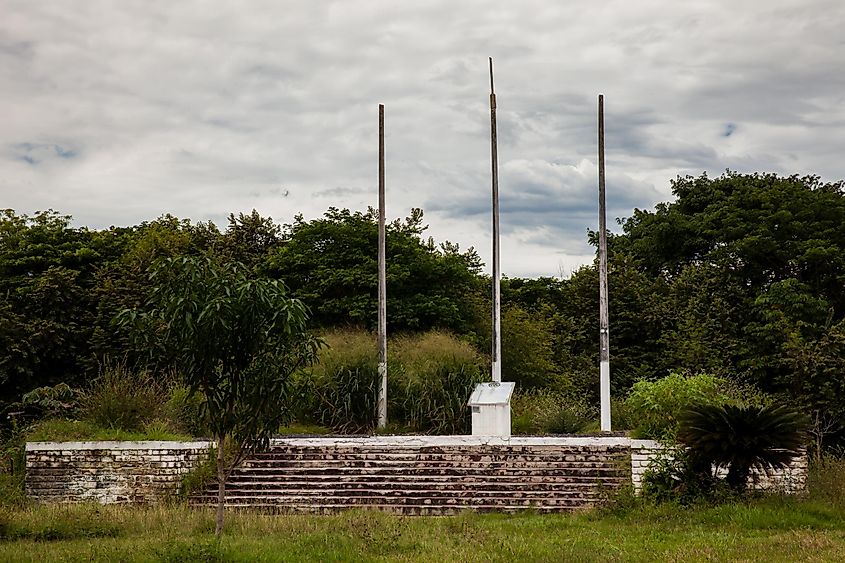
On November 13, 1985, the Armero tragedy struck upon the eruption of the Nevado del Ruiz stratovolcano in Tolima, Colombia. A dormant stratovolcano suddenly erupted destroying many towns and villages.
The volcanic flow melted the glaciers in the mountain sending devastating lahars concentrated with volcanic debris of ice, snow, and mud. Tumbling down at terribly swift speeds of twenty feet per second they caused havoc in the residential areas below.
The killer lahars enveloped the whole of Armero town, killing many thousands. There were many more casualties in other towns such as Chinchiná. Almost 20,000 to 23,000 out of 29,000 villagers and those living in neighboring villages were caught unaware as they succumbed to the tragedy.
Yungay Landslide, Peru, 1970 - 22,000 deaths
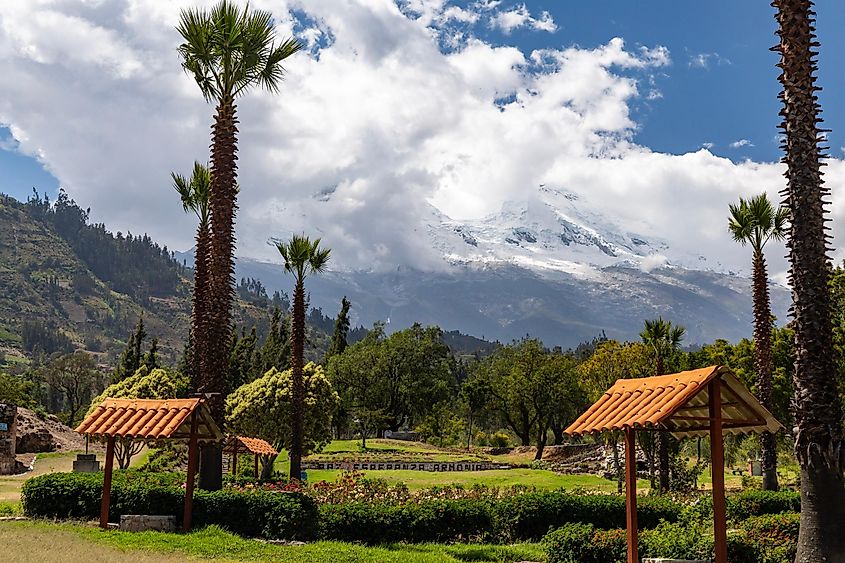
The Yungay Landslide in Yungay, a rural community in Peru happened on May 31, 1970, due to three different natural disasters. The Huascarán earthquake set the ticking time bomb for a number of seismic events that plunged the village into ruins.
The earthquake resulted in the disintegration of the glacier on the slope of Mount Huascarán, right above the Yungay village which had a total population of about 25,000. The debris that traveled a shocking 10.2 miles, carrying 50-100 million cubic meters of mud, ice, and rocks came crumbling down the slope classifying this event as a landslide and avalanche.
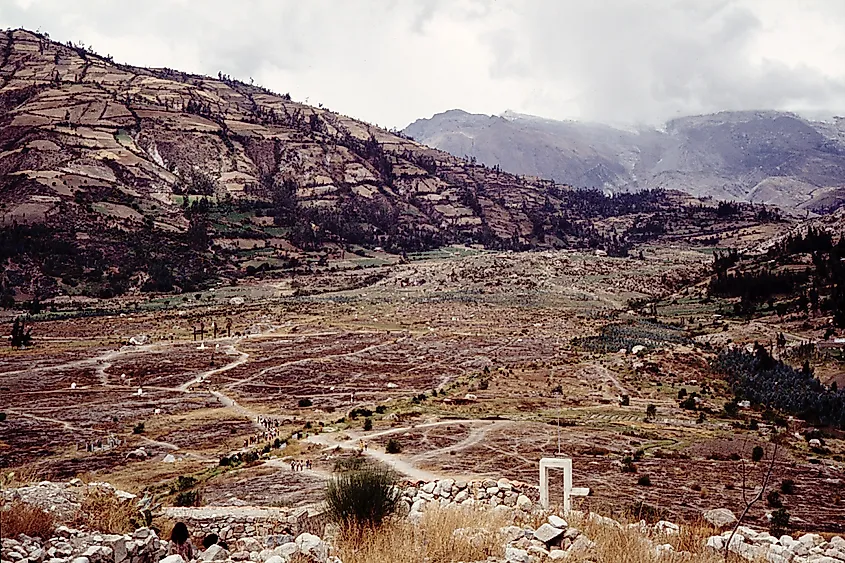
The entire village transformed into a messy graveyard and only about 350 people were impressively saved, 300 of which were children, all of who went to the local circus. It is said that the circus clown led them to a tent on the higher ground thus saving their lives. Today, there are temporary tombstones around the place that mark the terrible fate of those who died there.
Diexi Landslides, China, 1933 - 9,300 deaths
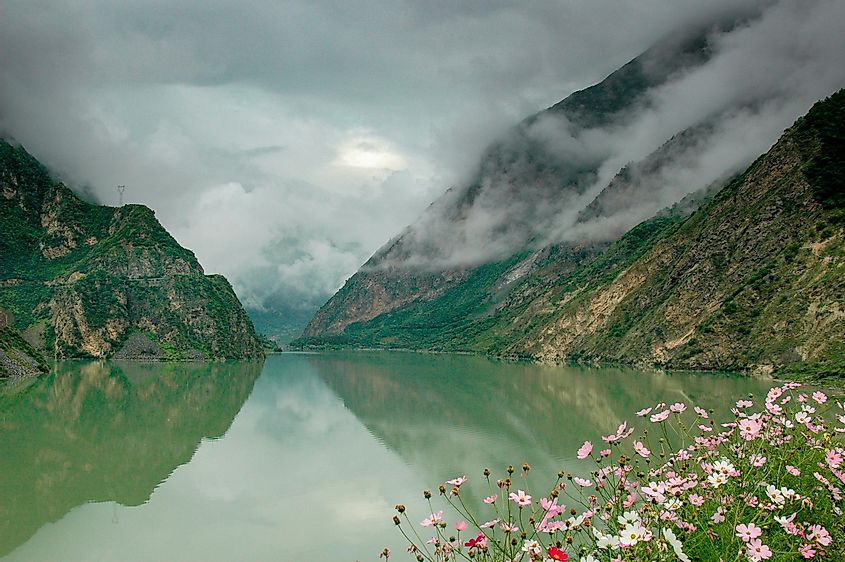
The massive Diexi earthquake in Diexi Mao County, Szechwan, China on August 25, 1933, triggered the Diexi landslides.
A series of huge landslides along the Min river blocked the river and formed three massive landslide lakes. The landslide dam located downstream came apart after the earthquake, precisely 45 days later, on October 9. 1933. Famous as being one of the most severe landslide dam breach events in Chinese history, it claimed thousands of lives.
North India Landslides, India, 2013 - 5,700 to 6,054 deaths
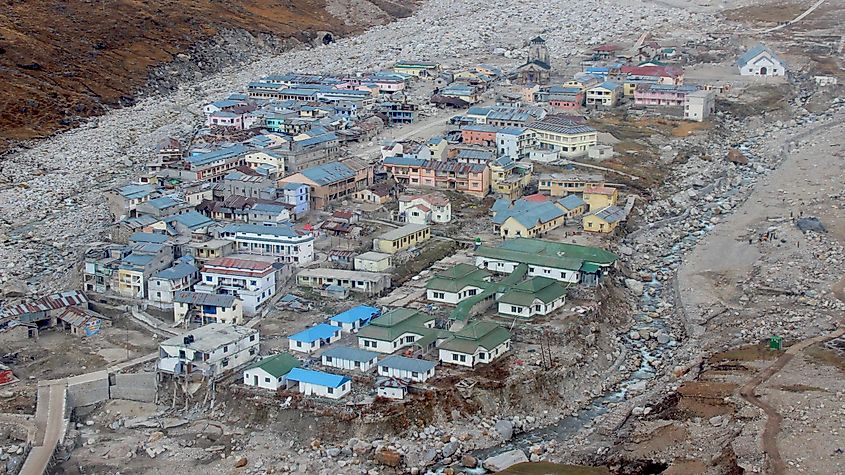
Heavy rainfall caused havoc in the Northern states of India and around June 16, 2013, a series of landslides and floods took over five thousand lives. Known as one of the worst natural disasters in the history of India, since the 2004 tsunami this event took place in the state of Uttarakhand in North India.
More than the usual rainfall that year made it worse. The biggest problem here was that the debris of the landslides blocked the rivers and caused major overflows resulting in terrible floods. Although heavy rainfall affected other states like Haryana, Delhi, Himachal Pradesh, and Uttar Pradesh almost 90% of the fatalities were associated with Uttarakhand
The improper development at the hillsides in these regions and also the lack of construction laws led to the cramped, possibly overpopulated settling in the risky hilly regions. Social agitators claim that many people lost their lives mainly because the area did not have strict rules on the construction of homes, which allowed people to build homes on unstable ground. More than 5,700 lives were lost which was later reported to be 6,054.
Huaraz Debris Flow, Peru, 1941 - 5,000 deaths
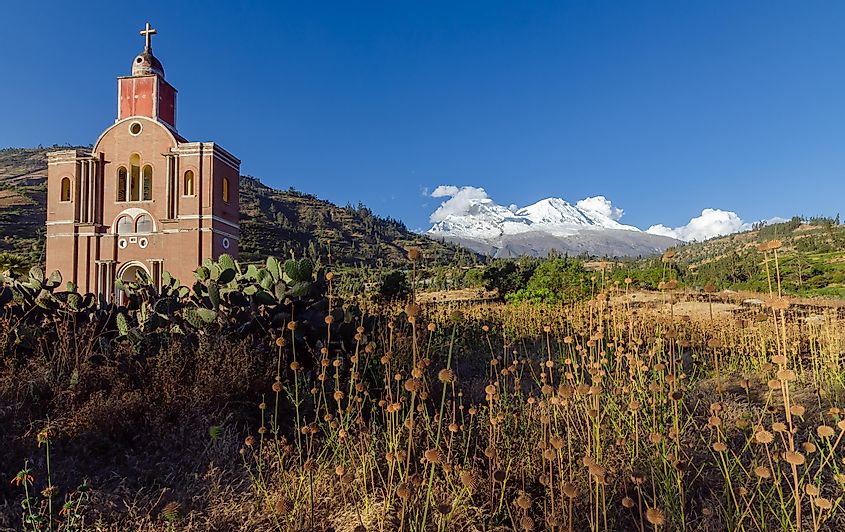
The unsuspecting residents of Huaraz and the neighboring Peruvian communities experienced a horrific calamity on that fateful day of December 1941 when a landslide took place as a result of the shattering of the dam.
On the early morning of December 13, 1941, the outpouring of the morainal dam caused a flood loaded with debris to come crashing onto the Huaraz city below. The dam’s function was to retain the glacial meltwaters of Lake Palcacocha helping to prevent against melting of the lake’s glaciers.
The Huaraz landslide caused a massive overflow that ran out of the lake to flood Huaraz city, this not only caused heavy damage and loss of as many as 5,000 lives while also roughly eliminating one-third of the town but the waters and debris continued to wreak havoc as traveled to the Santa River and across Peru into the Pacific Ocean.
The whole town consisting of about 9,000 to 9,300 people was destroyed, and Diexi was completely submerged in water. Neighboring villages also suffered the consequences due to the debris that came down with the landslide. Today the old town is non-existent, replaced by a huge Diexi landslide-made lake.
Nevado Huascaran Debris Fall, Ranrahirca, Peru, January 1962 - 4,500 deaths
Mount Huascarán is a famous Peruvian mountain with a snowcapped peak that rises to a height of 22,205 feet. In January of 1962, a thaw triggered the breaking off of a portion of the north summit of the mountain, leading to a landslide/avalanche that led to the tragic death of nearly 4,500 people. The avalanche, locally referred to as ‘Huayco’, involved a massive ice sheet that was estimated to be about 1 kilometer wide and 40 feet high. As the ice sheet moved rapidly down the slopes, it gathered rock and debris from the mountain and strengthened in force, completely burying several villages in Ranrahica underneath it.
Vajont Dam Landslide, Italy, 1963 - 2,500 deaths
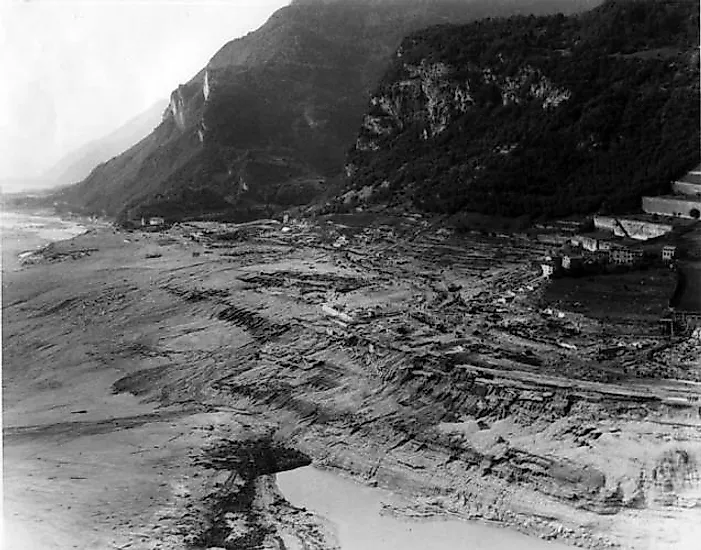
When newly built in 1963, the Vajont Dam in Italy was the tallest in the world but building the dam proved fatal as it activated strong seismic activity. This was catastrophic for those living below the dam.
Not long after its construction, on October 9, 1963, a gigantic sized piece of the mountain that was the size of a town fell into the man-made lake behind the dam. This landslide triggered a gigantic tsunami in which a tremendous amount of water overpowered the dam in an 820 feet wave devouring and destroying the Piave Valley below with the terrible flooding.
The consequences were disastrous with the forming of an inland tidal wave, the force of the fall was so terrible that the atomic bomb type of powerful gust of air crushed the city of Longarone with only 30 children managing to survive. The air bomb and the tidal wave took as many as 2,500 lives, wiping out the city’s population plus also forcing the destruction of many more nearby towns and villages although the dam was pretty intact retaining two-thirds of the water after this misfortune.
Kelud Lahars Landslide, Indonesia, 1919 - 200 deaths
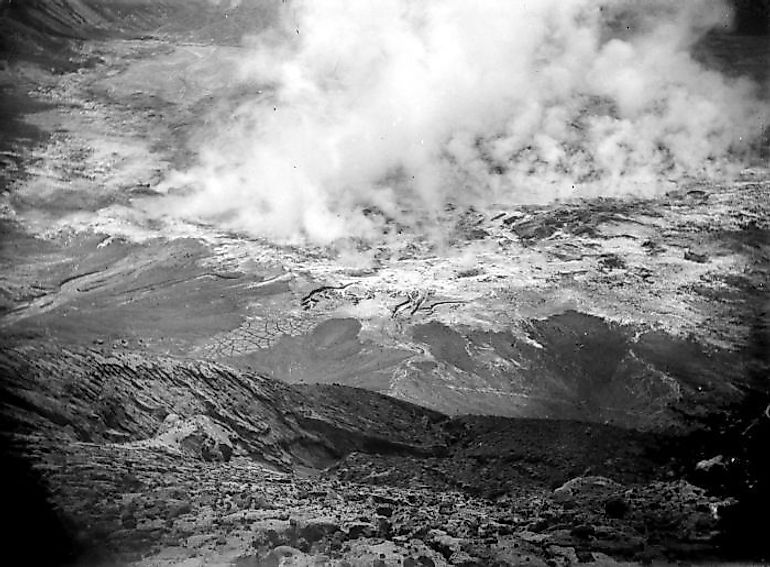
Listed as one of the worst landslide disasters of the 20th century, on May 19, 1919, the Mount Kelut volcano set on the island of Java, Indonesia broke out expelling a gust of water from its crater lake onto the sloping side of the mountain, the chaotic incident resulted in a series of volcanic lahars that plummeted downwards onto the villages.
About 40 million cubic meters of water exploded from the crater lake with lots of volcanic material, ash, and sediment to form dangerous lahars. Moving downhill with high velocity, these killer lahars swallowed all that came their way.
Almost a hundred villages were devastated, taking about 5,100 lives. There was one more such subsequent eruption at Mount Kelud in 1966, that took more than 200 lives. Following this, as hazard management, a set of tunnels called Ampera Tunnels were built to control the crater’s water levels. The area is still at risk as the environment is conducive to powerful lahars even today.
It is interesting to note that landslides, mudslides, and avalanches as natural disasters are very similar in the damage they can bring about. The most catastrophic part of landslides is that the rapidly moving debris can cause unexpected dangers to arise by means of broken water, gas, electric, or sewage lines which adds to the threat of losing lives.
The 11 Deadliest Landslides in Recorded History
| Rank | Event | Country | Year | Death toll |
|---|---|---|---|---|
| 1 | Haiyuan Landslides | China | 1920 | 200,000 |
| 2 | Vargas Tragedy | Venezuela | 1999 | 30,000 |
| 3 | Khait Lanslides | Tajikistan | 1949 | 28,000 |
| 4 | Armero Tragedy | Colombia | 1985 | 20,000 - 23,000 |
| 5 | Yungay Landslide | Peru | 1970 | 22,000 |
| 6 | Diexi Landslides | China | 1933 | 9,300 |
| 7 | North India Landslides | India | 2013 | 5,700 - 6,054 |
| 8 | Huaraz Debris Flow | Peru | 1941 | 5000 |
| 9 | Nevado Huascaran Debris Fall | Peru | 1962 | 4,500 |
| 10 | Vajont Dam Landslide | Italy | 1963 | 2,500 |
| 11 | Kelud Lahars | Indonesia | 1919 | 200 |











